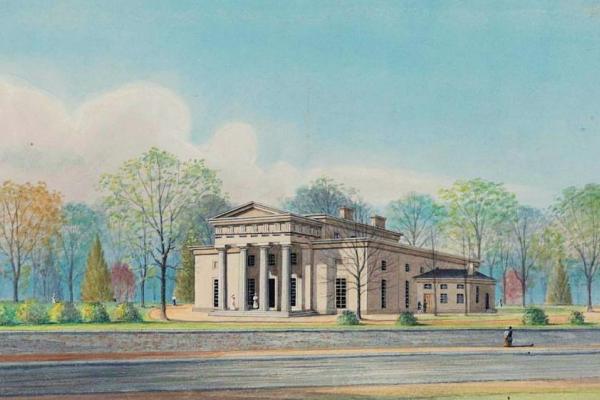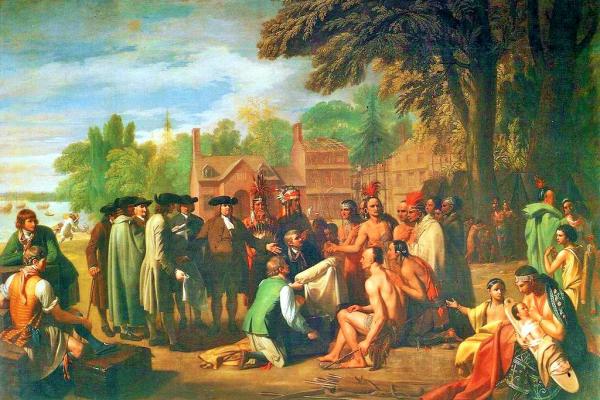Explore Stories
Stories offer an individual narrative of a specific subject. They are the building blocks of Story Collections.

Transportation innovation and real estate development cumulated in the creation of a streetcar suburb in the city by the end of the 19th century. Part III focuses on two little-remembered, transient areas of post-Civil War West Philadelphia—Maylandville and Laniganville—and the short-lived...
Transportation innovation and real estate development cumulated in the creation of a streetcar suburb in the city by the end of the 19th century. Part II focuses on the Haddington neighborhood and three other areas of residential development: 52d Street below Market, Baltimore Avenue between...

In the 19th century, West Philadelphia saw the rise of many institutions: a private hospital for the insane and a public almshouse, institutions of higher learning, hospitals, schools, and benevolent and charitable institutions.

Transportation innovation and real estate development cumulated in the creation of a streetcar suburb in the city by the end of the 19th century. Part I primarily looks at the emergent neighborhoods of Hamilton Village, Powelton Village, Mantua, and Hestonville.

The construction of three major venues after 1854 put West Philadelphia in the national eye: the Satterlee General Hospital, the Philadelphia Zoo, and the Centennial Exposition of 1876.

Social unrest and violence in districts due northeast and southeast of Philadelphia led to the political incorporation of these areas and Blockley (West Philadelphia) into a municipality vastly larger than William Penn’s original City of Brotherly Love.
Bridges built at strategic ferry crossings spanned the Schuylkill in the early- to mid-19th century, making West Philadelphia a thriving conduit for trade between the city and its western hinterland area and spurring the economic and residential development of Blockley Township.

The 18th century saw the departure of the Lenape and the permanent European settlement of West Philadelphia, at the time called Blockley Township. Large estates were a characteristic development that gave rise to the villages of Hamiltonville and Powelton.

The indigenous people who inhabited the land that became Philadelphia were the Lenape (also Lenni Lenape; their English moniker was “Delaware”); they were displaced by Quakers and other religious minorities that settled the Commonwealth of Pennsylvania in the late 17th and 18th centuries.
In the first half of the 20th century, German-Americans, Jewish immigrants of Russian descent, and African Americans of the Great Migration resided in this neighborhood. Around 1900, housing designed in Victorian motifs arose opposite the green spaces of the Centennial Exposition along Parkside...

The past is present in the form of a 21st century cultural landscape that preserves elements of the 1876 Centennial Exposition.

The Centennial Exposition marked a limited advance in women’s rights. The Exposition’s leaders and the fair’s exhibits perpetuated prevalent cultural stereotypes of blacks and Native Americans.